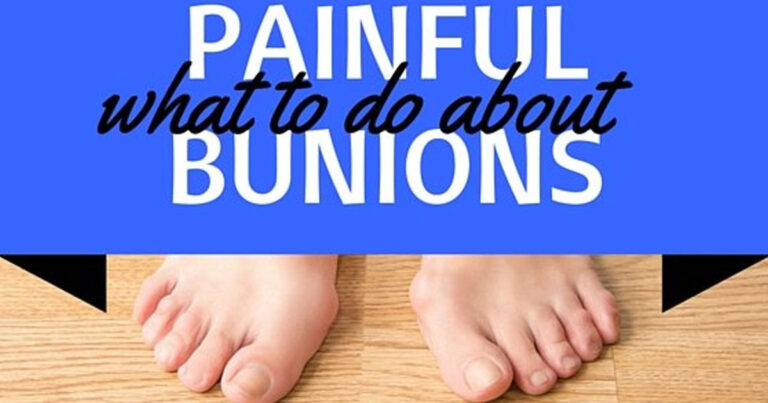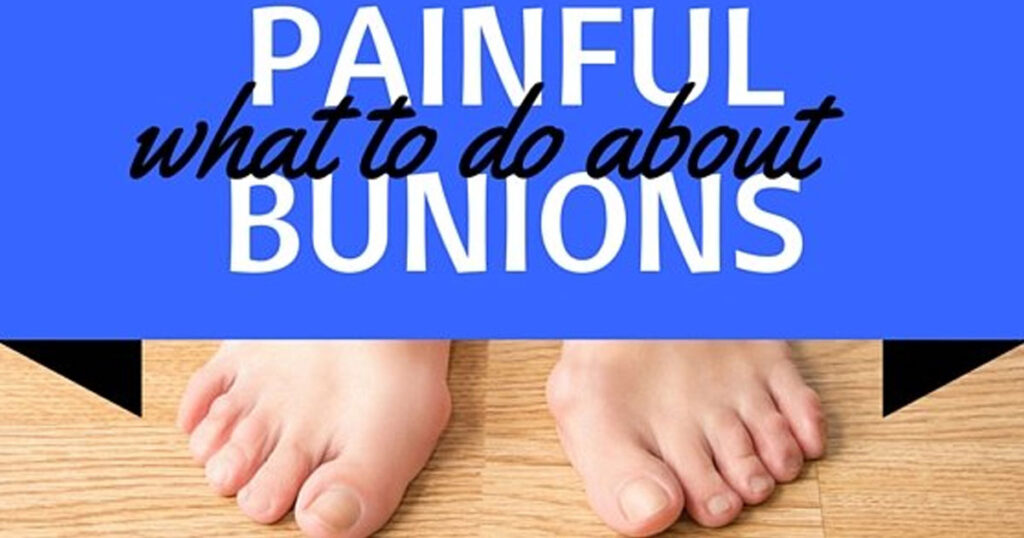What to do about painful bunions?
Our feet support us as we move from home to work while making sure our families are taken care of and our businesses are running smoothly. When a foot problem like bunions manifests, the pain and discomfort make it more difficult to do the tasks that we tackle every day.
What Is a Bunion?
In medical terminology, the condition is known as hallux abducto valgus and described as a progressive deformity lateral deviation of the metatarsophalangeal joint. Put simply, a bunion is a protrusion of bone at the joint behind the big toe that grows in severity over time. It is not a growth of bone, despite the extension to the side of the foot, but a shift in the alignment of the metatarsal bone that makes it appear as if the foot flares outwards before the toes come back together. Excessive swelling of a bunion can be caused by changes in the fluid sac that cushions the joint or minor growth of bone, but the extension of the bunions is primarily the metatarsal bone being displaced.
While the bunion at the big toe is the most common variety, the other side of the foot can suffer from bunionettes that have the same general causes, symptoms, and treatment options.
The Causes of Bunions
Doctors and scientists attribute the formation of bunions to the long-term wearing of ill-fitting footwear that closes to a narrow point at the toes, the existence of genetic factors that predispose a person’s foot to forming bunions, and a combination of these two causes.
In the case of footwear, the consistent pressure placed on the toes eventually forces the bones to readjust to fit their environment as they go through cycles of growth and repair. The construction of the bones in the foot and the person’s walking gait can also play a role in whether bunions develop and how quickly they form if they do.
Genetic complications manifest as variations in the structure of the bones, tendons, ligaments, and so forth surrounding the toes that can both cause bunions on their own and make it more likely for bunions to form when wearing improper shoes.
Symptoms and Complications
The most obvious symptom of a bunion is the large protrusion of bone that extends to the side from the base of the large toe. Since tight footwear is a frequent cause that continues after their formation, the protrusion will rub insistently against the side of the narrow shoes and cause blisters and skin irritation at the site until the skin toughens up into calluses. After a bunion has had time to develop, sufferers may notice that some of their shoes will not fit properly anymore due to the change in their foot’s shape.
The most serious symptoms are the sensation of internal pain at the bunion site and reduction in mobility of the big toe. The more serious incarnations of bunion pain and toe rigidity can make mobility a serious issue and limit the ability to perform basic tasks.
Treating Bunions
Bunions are not typically a life-threatening condition, but they are a source of pain and discomfort that can lead to the loss of dexterity in the feet. The first steps for treating bunions all revolve around making it easier for the foot to repair itself: a change in footwear including removal of all narrow-toed shoes, spending time off of your feet, and combating swelling with ice on the site and elevating the foot. As the bunion increases in severity, the podiatrist may recommend wearing specialized orthotic footwear and use both oral and injected medications. In the worst cases, surgery can be performed to mitigate or correct the malformation.
For those who live in Rancho Mirage or the greater Riverside County area, you can schedule an appointment to inspect your bunions and determine the best course of medical action by contacting Aaron Bean, DPM, and the team at the Desert Foot and Ankle Center. Dr. Bean is a trained and licensed podiatrist with years of experience in treating and diagnosing feet, including an intimate knowledge of how to keep bunions from ruining your life.
As a progressive deformity, bunions become more difficult to treat over time. Whether you suspect that you’re beginning to form bunions or are suffering every time you step down from a fully-formed protrusion, contact Dr. Bean immediately to alleviate the agony and keep your feet in prime condition.


